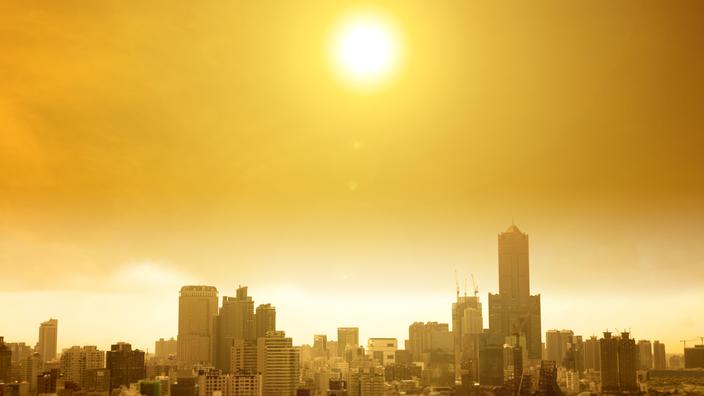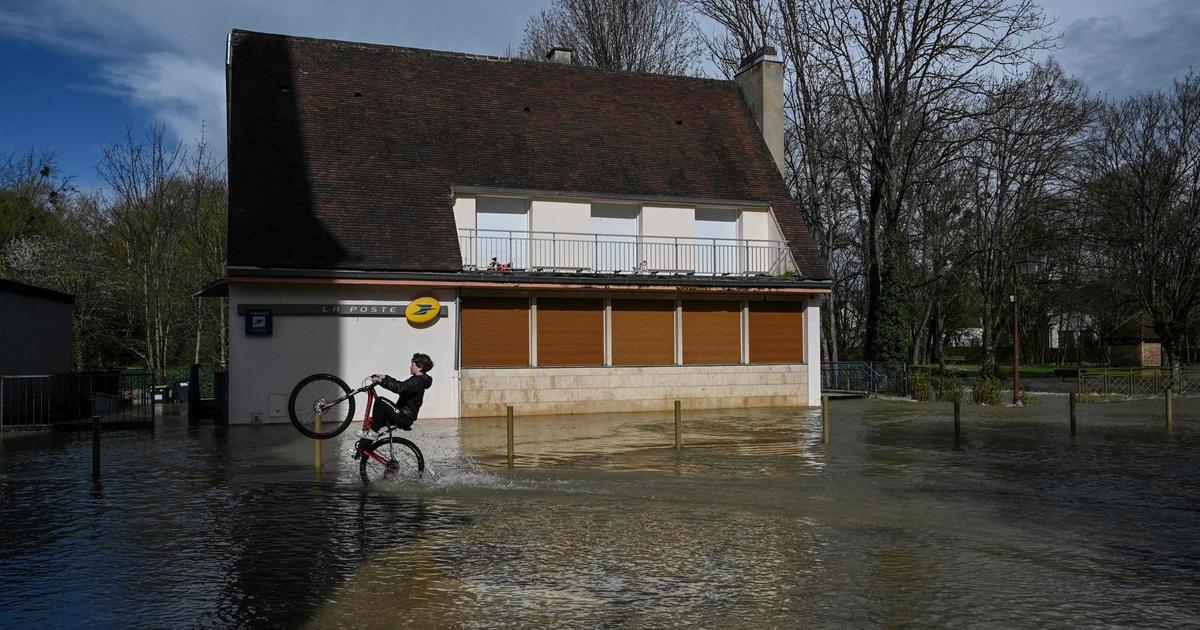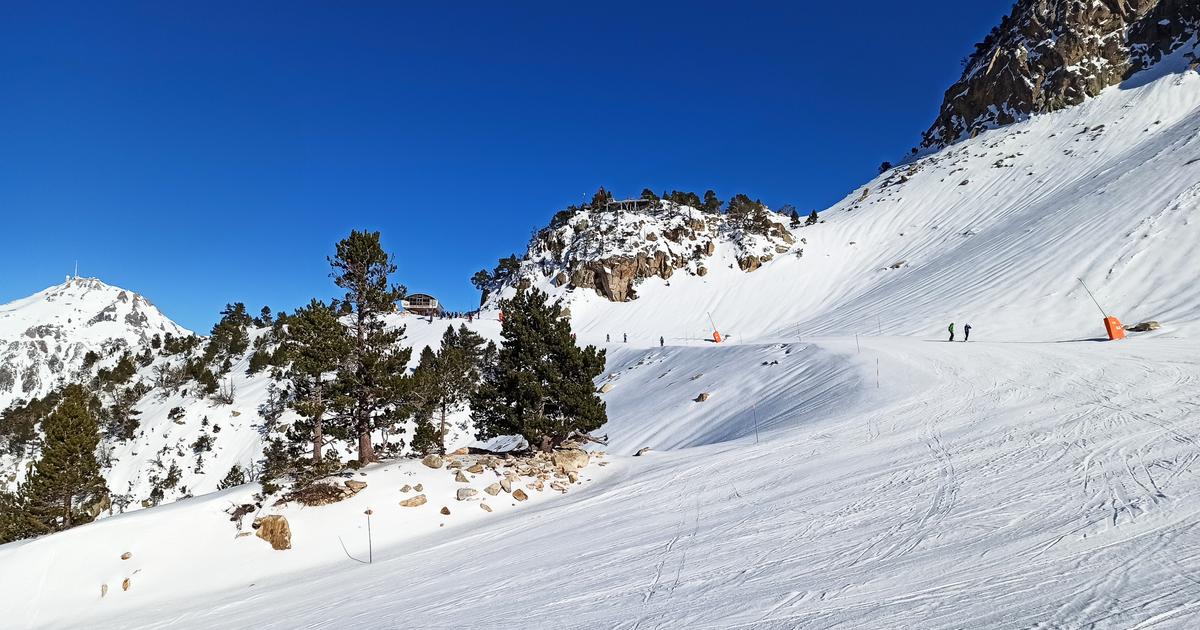Inexorable rise in temperatures, more and more frequent heatwaves ... If the fight against global warming does not accelerate, the French could live in increasingly extreme conditions, reveal Météo France projections published this week. on Monday.
According to these models posted on the www.drias-climat.fr site, the average temperature rise would be close to 4 degrees by the end of the century, and even reach 6 ° C in some areas.
Read also: Fight against global warming: is it possible to achieve carbon neutrality?
From a series of models carried out for the UN climate experts (IPCC), Météo France, the Pierre Simon Laplace Institute and the European Center for Research and Advanced Training in Scientific Computing have indeed produced regional-scale estimates for metropolitan France.
These simulations were carried out using three scenarios modeled by the IPCC (of controlled, moderate or unreduced greenhouse gas emissions) and at three horizons: 2050, 2070 and 2100.
At the national level, compared to the reference period adopted - 1976 to 2005 - the warming is contained, in the three scenarios, to approximately 1 degree until 2040. But it is then that the temperatures are carried away and that the trajectories diverge sharply, with stabilization around + 1 ° C in a controlled emissions scenario, an increase of 2.2 ° C on average in the intermediate scenario and of + 4.5 ° C in the extreme scenario, which would have if nothing was done to reduce the GHG emissions responsible for global warming.
Temperature differences according to the different emission scenarios.
Drias.
For the less optimistic scenarios, we thus realize that the forecasts deviate greatly from the objectives of the Paris Agreement, which provides for limiting the warming "well
below 2 ° C compared to pre-industrial levels
" and tend towards a warming of + 1.5 ° C.
This 1.5 ° C threshold could even be crossed as early as 2024, while 2020, with its share of hurricanes, heatwaves and mega-fires, was the hottest year on record in the world, tied with 2016, closing a decade of record temperatures.
Read also: Climate: five years after COP21, where is the Paris agreement?
Mountain regions more affected
Metropolitan France is unequally affected by this increase in average temperatures, with "
a more marked warming in mountain areas
", according to this new report.
In the Alps and the Pyrenees for example, some areas show a 6 ° C increase in average temperatures by 2100, in the worst case scenario.
Result, almost no more snow, no frost.
There is also a division of the country along a south-east / north-west diagonal, "
with a difference of 1 ° C between these two zones
".
The warming is a little less from Brittany to Hauts-de-France.
Temperature rise between the coolest (5th percentile) and the hottest (95th percentile) simulations for the end of the century.
Drias.
The evolution of temperatures is also reflected in a future multiplication of extreme events, with an expected increase in the number of heat wave days in all scenarios.
The episodes of heat waves and "
tropical nights
", when the temperature does not drop below 20 °, would multiply up to ten times for heat waves in the worst case scenario in terms of GHG emissions.
“
This development is exacerbated in the current hottest regions, in particular the Mediterranean arc, the Rhône corridor and the Garonne valley.
In these regions, heat waves and scorching days may extend over periods longer than one or two months in summer,
”says the report.
And the episodes of drought could register at the end of the century "
an increase of 30 to 50%
", warn the researchers.
Read also: With global warming, the Southern Alps are getting green
Conversely, at the end of the century, the number of days of cold waves could be halved in the best case, and be reduced to one and only one day per year on average in the least optimistic scenarios.









